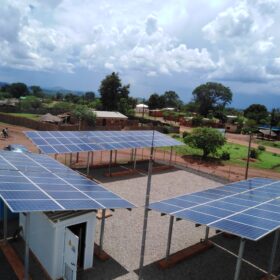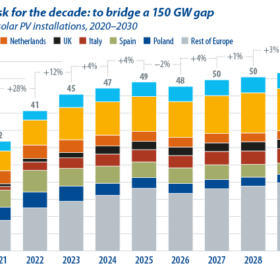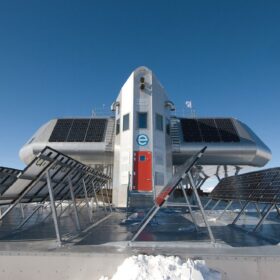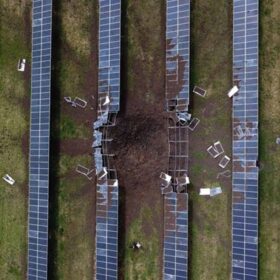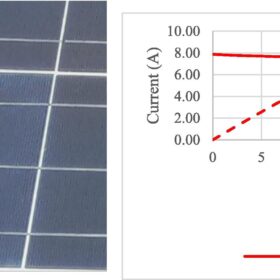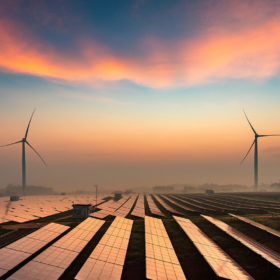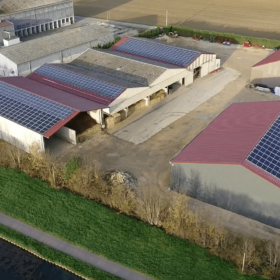Italian startup offers solar kits packed in barrels
Italy’s Barrel claims that solar kits packed in barrels are ideal for remote areas and conflict zones. Its standard packages consist of 6 kW solar modules, 5.6 kW single-phase hybrid inverters, and 3.55 kWh lithium batteries.
Engie unit to build 60 minigrids in Zambia
MySol Grid Zambia, a subsidiary of Engie Energy Access (EEA), has secured $7.5 million of debt from the Facility for Energy Inclusion (FEI) to build 60 minigrids. The projects will provide electricity to more than 40,000 people in rural areas.
Japanese provider launches new aluminum cables for PV systems
Japan-based GBP said its new cables are complying with several international standards. It claims the cables have an antitheft function, as they should discourage copper thieves from approaching a PV system.
The year it all changed
The European solar landscape changed forever in 2022 and managing the supply chain, grid, and permitting constraints will be key to a solar-dominated energy future for the continent.
Weekend Read: The world’s coolest solar
The world’s most efficient energy network, at an Antarctic research base, has had a solar upgrade.
Asia leads charge in renewable energy growth
IRENA’s report Renewable Capacity Statistics 2023 shows that in 2022, Asia accounted for nearly 60 percent of the worldwide increase in renewable energy generating capacity, resulting in a total of 1.63 Terawatt (TW) of renewable capacity by year end. A huge part of this increase occurred in China.
A bright spot in the darkest hour
Solar is not only helping to keep the lights on in Ukraine – it also has a vital role as part of Europe’s energy transition and clean energy economy.
Research shows polycrystalline panels from 11 different producers degrade more than warranty rate
A research group in Ghana has conducted a series of tests to assess the performance of polycrystalline solar modules in PV systems operating in their home country for at least 5 years. They found that the vast majority of the panels may ‘fail’ before 20 years in operation under outdoor conditions.
Global solar additions to hit 310 GW in 2024, says IEA
The International Energy Agency (IEA) said in a new report that solar will remain the main source of global renewable capacity expansion in 2023, accounting for 286 GW. In 2024, the figure is set to grow to almost 310 GW, driven by lower module prices, greater uptake of distributed PV systems, and a policy push for large-scale deployment.
French gas supplier Butagaz acquires large-roof PV specialist
Butagaz is expanding into the French solar market in cooperation with its subsidiaries, Soltea, Solwea, and Sys Enr.

